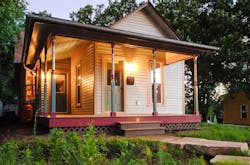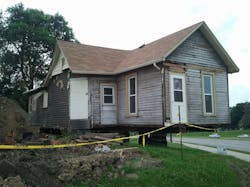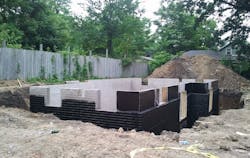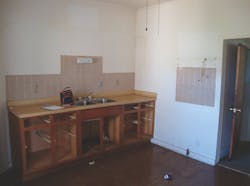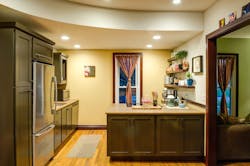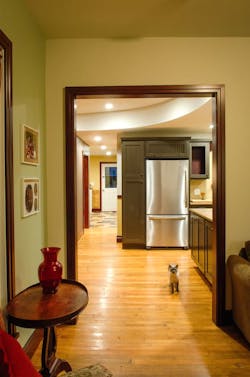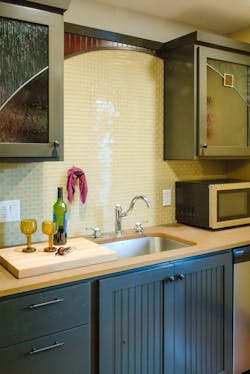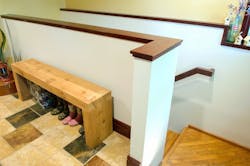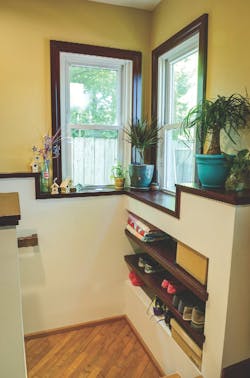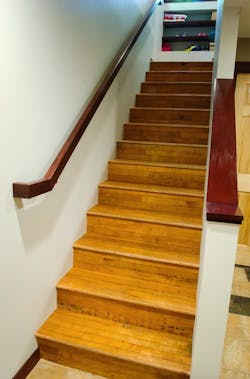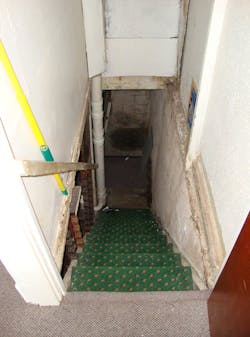Projects: Something Old, Something New for This 1880s Iowa Bungalow
The home, built circa 1880, was a month away from being demolished to make way for a parking lot. Members of the community wanted to ensure that the neighborhood stayed true to its working-class Victorian bungalows and banded together to save the house.
Homes like this are unique physical records of the societal forces that guided development of the city. Even so, it was difficult for anyone but the most enthusiastic preservationist to see the worth here.
In the end, I was very pleased with the project. The neighborhood essentially provided the house and foundation to me, and the restored home, now a rental property, embodies the quaint charm of the many modest dwellings in the area.
Generally speaking, the cost of working with salvaged materials is flat or higher. Expenses can go up depending on initial material costs, but labor is typically more. So any savings that one might get from salvaging material are negated by the additional labor required to clear the materials and prepare them for installation.
For me, the result is worth it because it often provides a meaningful narrative for the home, as well as establishing a secondary market for materials on their way to landfills. Not to mention the patina, which can add wonderful character to the house.
Active Aesthetic
It was a challenge to scale the living space and create visual connectivity between the dining area and kitchen. We decided to lower the kitchen ceiling to provide some intimacy and use the curve in the ceiling to activate the space. The newer cabinetry above the sink has beadboard rear panels much like those in the Arts and Crafts-style dining room hutch, and we carried the hutch’s stained glass into these upper cabinets. Yet we also wanted to give the newer cabinetry a simplified design rather than mimicking the hutch’s pattern.To achieve that, we created an asymmetrical curve that extends from the left to the right upper cabinet, and we carried that into the glass tile. We thought the two helped tie together the cabinetry selections and spaces in a fun, understated way. I personally enjoy how balance can be achieved through asymmetrical design strategies that introduce an active, engaging aesthetic to a home.
Recycle, Reuse
We used Richlite, a paper-composite surface, for the countertops. The material is heavy and requires some practice to familiarize yourself with its application and how it responds to shop tools. But I like Richlite’s natural tones, and it can be processed in our cabinetry shop. I also enjoy the ease with which we can apply a protective coat or sand away any damage that might be experienced with abuse. So far, the product has held up superbly.
I wanted to use a mix of cabinets from our local Habitat for Humanity ReStore, knowing that this was to be a modest rental. However, the only available cabinets were substandard composite or particleboard, and while cost is important, I still value real quality. We salvaged scraps and leftover beadboard to make the doors. These cabinets were not 100 percent reclaimed, but the majority of the material was redirected from waste on other projects. I wanted to drive down the materials costs so I could afford the labor to assemble well-built cabinetry.
It was worth the effort.
Stretching the Potential
I love to incorporate materials that have history, which brings meaning to a home. The added narrative increases value and user experience. For this project, I wanted to highlight items readily found at the Greater Des Moines Habitat for Humanity ReStore and easily incorporated into a modest house.
The subfloor is made of ReWall, a local product composed entirely of recycled polyethylene and paper—think milk and juice cartons. After installing the subsurface, we used some maple I had leftover from another project and located additional flooring from a school gym in southern Iowa that matched. We scrapped all the material that we could, stretching every inch of potential from the large and small pieces of wood. We nearly ran out, but we managed to just make it.
Putting Remnants to Use
The millwork throughout the house was left over from a peer’s casino project, and we struck a deal for the lot. While profiles were complimentary, there were various quantities, so we had to strategically spread the styles throughout the house to provide a common feel. The goal was to reinforce the scale of the historical first floor and create a simpler lower level. The staircase to the basement was brought up to code, and we maximized remnant scraps of laminate for the treads and risers. This provided a visual connection to the basement, added whimsy to the stairs to the lower level, and connected the floors with three colors of remnant tiles. PR
